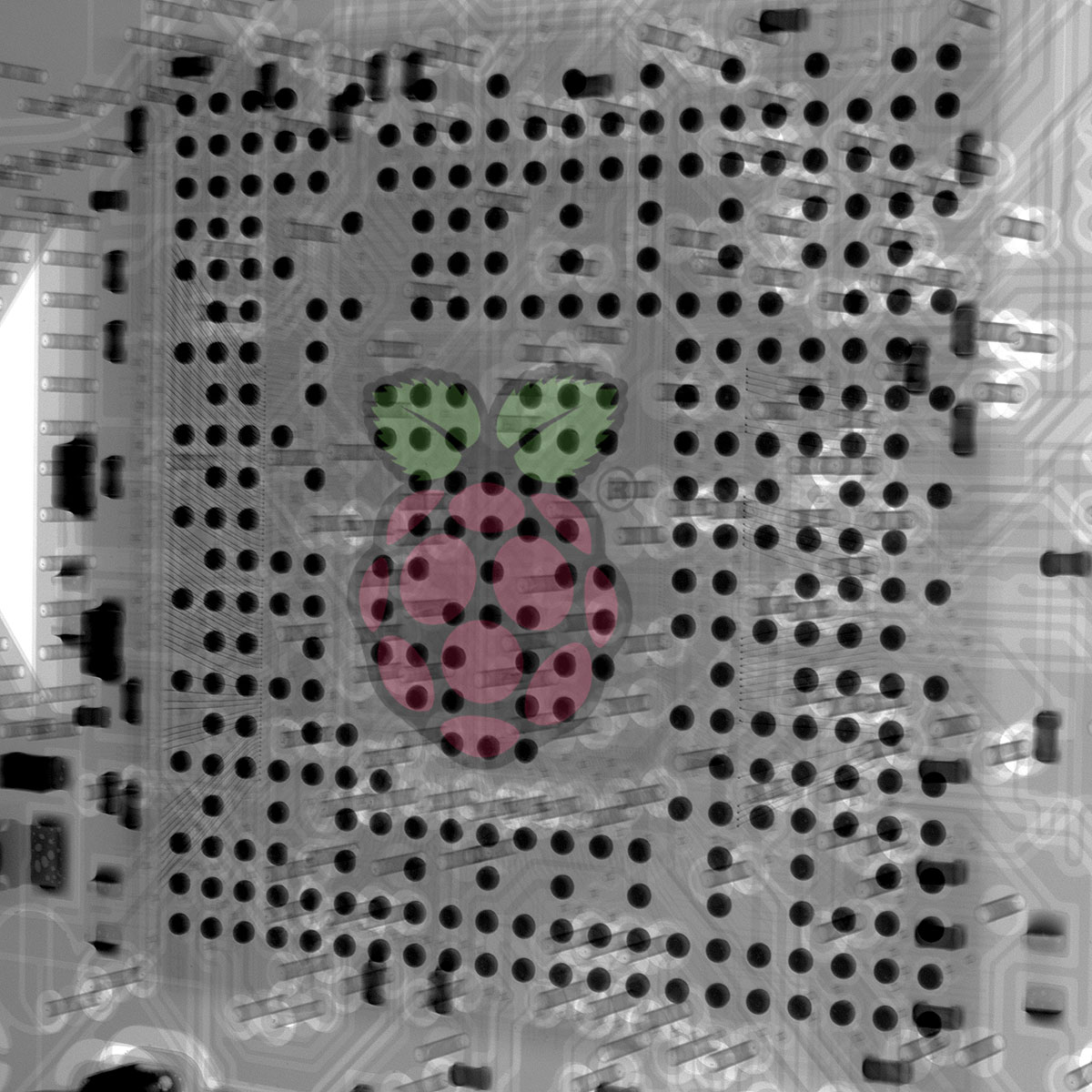New Raspberry Pi Zero 2 W Has an Easter Egg
Spot the raspberry using X-ray vision

The Raspberry Pi Zero 2 W has just been announced to the world and its secrets are slowly spilling out. Intrepid Raspberry Pi hacker Jeff Geerling broke out his X-ray machine and discovered a secret hidden from view, a raspberry buried deep within the latest board.

The $15 Raspberry Pi Zero 2 W is an update to the original Raspberry Pi Zero range of boards, first revealed in 2015. The Zero 2 W comes with a quad core Arm Cortex A53 running at 1-GHz, 512MB RAM and GPU all baked into a new SIP (System in Package) called RP30-AU. This new package is bespoke Raspberry Pi, its own package in a similar vein to the $1 RP2040 which powers the Raspberry Pi Pico. Underneath the RP30-AU is where Geerling found a hidden Easter egg, a Raspberry Pi logo hidden in the BGA (Ball Grid Array) on the underside of the chip. This is not visible on the underside of the board, so unless you have an X-ray machine, or are really good at desoldering they will remain hidden.

The Raspberry Pi Zero 2 W retains the same form factor as its predecessors, making it a drop-in replacement for small projects that require a little more power. It has a similar level of performance to a Raspberry Pi 3B, but with only half the RAM. Using the Raspberry Pi Zero 2 W as a desktop is possible, but manage your expectations. This is a small Raspberry Pi for projects that need a little more horsepower.
Geerling has a full suite of X-ray images and detailed information on the inner workings via his latest blog post.
Get Tom's Hardware's best news and in-depth reviews, straight to your inbox.

Les Pounder is an associate editor at Tom's Hardware. He is a creative technologist and for seven years has created projects to educate and inspire minds both young and old. He has worked with the Raspberry Pi Foundation to write and deliver their teacher training program "Picademy".